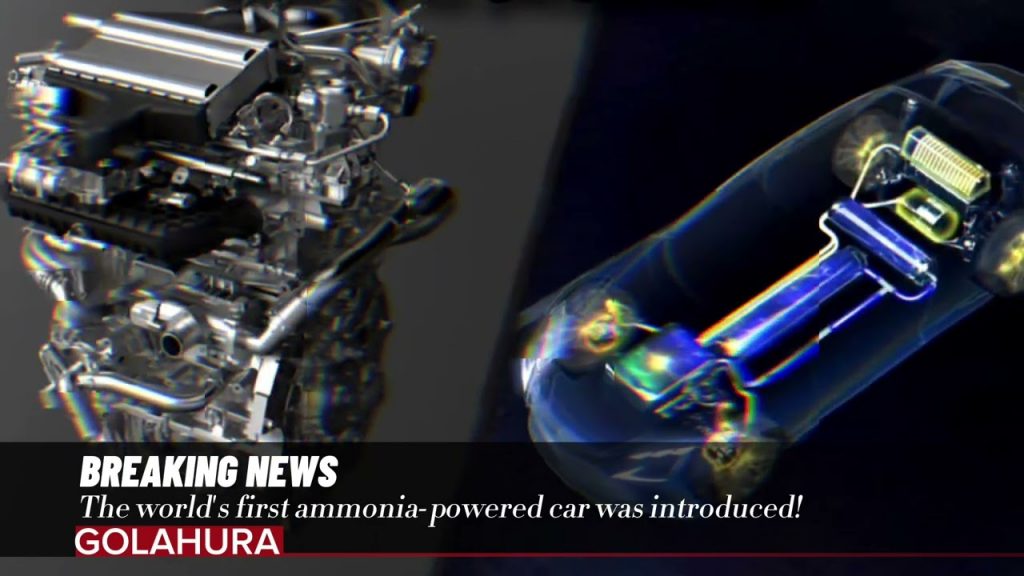With the launch of the first ammonia-powered automobile engine in history, China’s Guangzhou Automobile Group Co. (GAC) has made a revolutionary contribution to sustainable mobility. This cutting-edge engine represents an important development in the fight against climate change and the reduction of greenhouse gas emissions. It was introduced at the GAC annual technology expo in Beijing.
Ammonia, a clean and readily available fuel source, is harnessed as the primary energy source in this new motor. GAC has developed a 2.0-liter engine that efficiently burns liquid ammonia, generating 120 kilowatts of electricity while emitting 90 percent less carbon compared to traditional fuels. This achievement marks a breakthrough in the use of ammonia for passenger vehicles, as previous efforts focused on industries better equipped to handle the challenges associated with this toxic substance, such as trucking and shipping.
Ammonia has gained attention as an alternative fuel source in various industries, including marine engines and fuel cells for vehicles. Mitsubishi Shipbuilding Co.’s successful delivery of an ammonia fuel supply system for marine engines and innovative startups like Amogy Inc., which converts ammonia to hydrogen for fuel cells, demonstrate progress in adopting this fuel.
However, there are hurdles to overcome before ammonia can be widely adopted in passenger cars. The hazardous nature of ammonia necessitates careful storage, transportation, and dispensing infrastructure, demanding the implementation of stringent safety measures.
Major automakers, however, are already concentrating on electrifying cars, especially through battery electric cars (BEVs). With major expenditures in battery technology, charging infrastructure, and range expansion, the development of electric vehicle technology has accelerated significantly. The emphasis on electrification is caused by the desire to reduce greenhouse gas emissions and the expansion of renewable energy sources.
Although ammonia confronts difficulties, continued research and development efforts as well as cooperative activities from numerous stakeholders may open the door for its usage in passenger vehicles. The automobile industry’s major focus is still on electric car technologies, but thanks to recent technological developments and coordinated efforts, ammonia may one day be a practical fuel.
GAC’s breakthrough in developing an ammonia-powered car engine underscores the importance of exploring diverse and sustainable solutions for the future of mobility. With continuous innovation and a commitment to reducing emissions, the automotive industry can drive us toward a greener and more sustainable future.

